As a recruiter, opening a candidate’s resume feels like a mini-Christmas morning to me. There’s a bubbling excitement and anticipation as I click on the PDF icon. Will this be the amazing gift I was looking for? Will it exceed my expectations? I take a moment to brace myself before diving in, hoping this electronic document is a perfect blend of polished formatting and impactful achievement-driven bullet points.
Dang, it’s a singing holiday tie.
I understand that many parts of the recruiting process can be overwhelming; such as how to prepare for an interview, what questions to ask, how to negotiate an offer, etc. Things get more overwhelming when you factor in all the advice from colleagues and gurus on the internet – oftentimes the suggestions can be in direct conflict from one another.
But there is no excuse for not having a clean and polished resume. None. There are so many examples and templates available online nowadays. There are paid options for either having an individual build you a template or for converting an existing resume into a more contemporary format. I personally feel that there are enough free online examples for one to freshen up their resume – the only requirement for using a free version is for the person to have some baseline Microsoft Word skills for managing margins, fonts and spacing.
Why is the resume format so important? Your resume is often the first work product that a potential employer will see. It sets the tone for things such as your attention to detail, your ability to clearly and effectively tell stories, and what competencies and the value you bring to an organization. This is your initial introduction to hiring companies, and being “fresh and polished” or “outdated and stale” could be their first impressions of you.
A common comment I hear from candidates is “I used this format right out of college and have been updating it since”. This is not a surprise as the resume is 4 pages long, it uses a text editor font, and lists “Soda Fountain Hopping” under Interests/Activities. Yeah – it’s old and out-dated. I’m not sure why people keep using outdated formats – is it not wanting to put in the effort? Is the resume viewed as unimportant? Are people overwhelmed with getting the resume perfect, only to give up and revert back to what worked before?
I won’t go into detail on what should be included in the resume – I’ll cover that in a different post. My main point here is around the basic structure and format. The process of finding a good example online will take some time and effort but should be worth the investment on your end. If a hiring company looks at your resume the way that I do, they will know in a matter of seconds if you are thoughtful, structured and professional OR they may think that you accidently provided source code from your old VIC-20 computer. Don’t blow this first gift to your potential employer!
Hire Thought – in another post, I will share the pros and cons of a competency-based resume vs a chronological-based resume. For now, the key take-away is creating a straight-forward, results based resume that is well formatted. There are so many good examples on the internet – spend sufficient time finding a template that you like. Before anyone reads a word of your resume, they will immediately notice if you’ve thought through the design and format. Good first impressions help set the tone for your candidacy.



